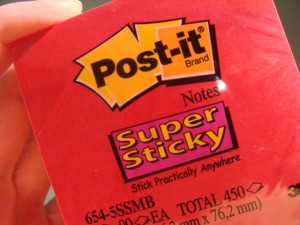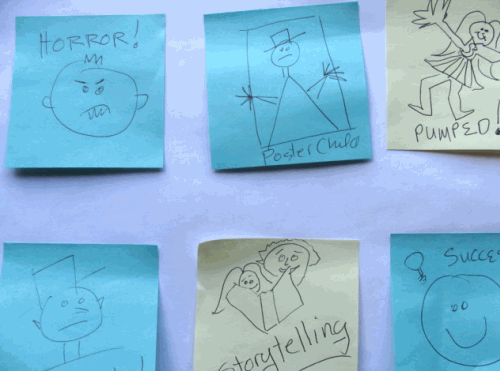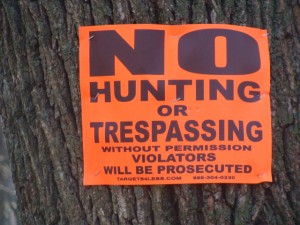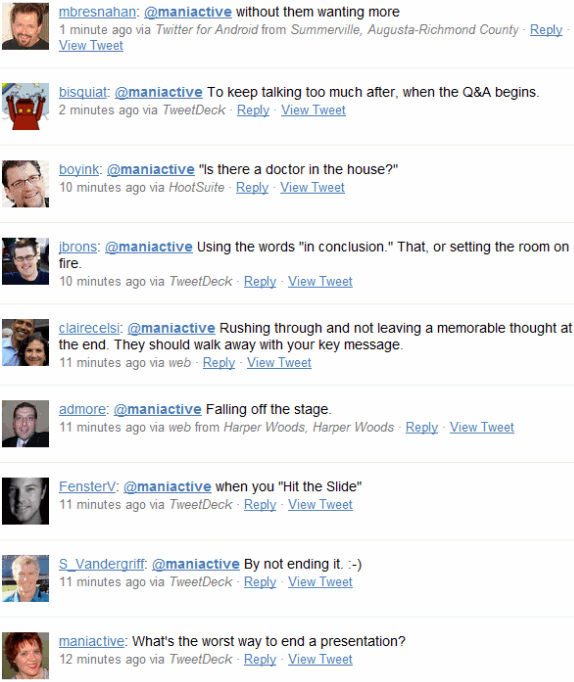After a longish brainstorming session, I heard Mac Fowler quip, “I should buy stock in 3M.”
He was referring, I reckon, to a perceived uptick in the use of 3M’s ubiquitous sticky note. It was true that I had flung a pack of these little devils on the table during our annual aimWest planning meeting. I carry 3M Post-it notes almost everywhere.
I might go so far as to say I have a severe Post-it note addiction. And it’s not just the regular sticky notes.
I’ve quickly moved up to the Super Sticky. I can’t even consider buying the regular kind in my line of work.

I do quite a bit of online content development. The sticky note is an indispensable tool for content developers and editorial calendar creators. If you’re brainstorming ideas with a team, give a different colored pack to every team member. We jot down ideas on sticky notes and slap them on the big editorial calendar that we keep on the wall (think of a giant grid sectioned off by time and editorial topics).
I recommend the Super Sticky notes over the regular stickies. Sure, they cost a bit more — but if you’ve ever been vexed by sticky notes losing their stick and falling like so many multi-colored snowflakes over your war room floor — you’ll easily see how these bad boys are worth the extra pennies. You can move them around several times — and they still stick.
We move Post-it notes around in content brainstorming sessions. A story headline idea that seemed perfect for, say, a July 6 online post may get usurped for a much larger breaking news story. We’ll move our originally planned story to another day. The Super Stickies give an editorial team flexibility.
Further, I use the sticky note approach for quickly story boarding speeches and presentations. I’m not one to memorize speeches word for word, so I might rehearse a speech by staring at something like this:

Oh, sure, it looks like gibberish to you. But I can assemble a quick speech by arranging symbols that represent stories for my opening, main points, and closing. It doesn’t matter that you know what these little notes stand for. I know that when I see the guy with the top hat, that’s my cue to tell the story about that one time in New York when the guy with the top hat and tails got caught…
…well, you get the picture. This approach works for me. Way better than memorizing a script. Plus, the images and headlines I scratch are for MY head and MY rehearsal. I don’t have to subject an audience to PowerPoint. I can remember a series of pictures in my head way better than a prescribed set of words.
And even though Post it notes may line my desk, office walls, and car interior: I still get a little flak from my high-tech lovin’ friends. A few pooh-pooh my old tech Post-it note habit. With so many software applications available that emulate the sticky note, why do I persist in cluttering up my environment with low-tech paper and pen scribblings?
 Tweet credit: Bruce Abernethy | @babernethy
Tweet credit: Bruce Abernethy | @babernethy
My answer is simple: I like interacting with the physical world. I enjoy touching things beyond my keyboard and screen. The physical world inspires me.
I like to consider sticky notes as colorful, highly tactile playthings for work. Like Play-Doh or alphabet blocks, Post-it notes are fundamental toys for modeling ideas in the physical world.
It can be no coincidence that Play-Doh and alpahbet blocks also grace/litter my office… what colorful toys do you use for idea generation, collection, and management? How do you use them?
ps — to my knowledge, I own no stock in 3M. Nor have they paid me to write this post…













